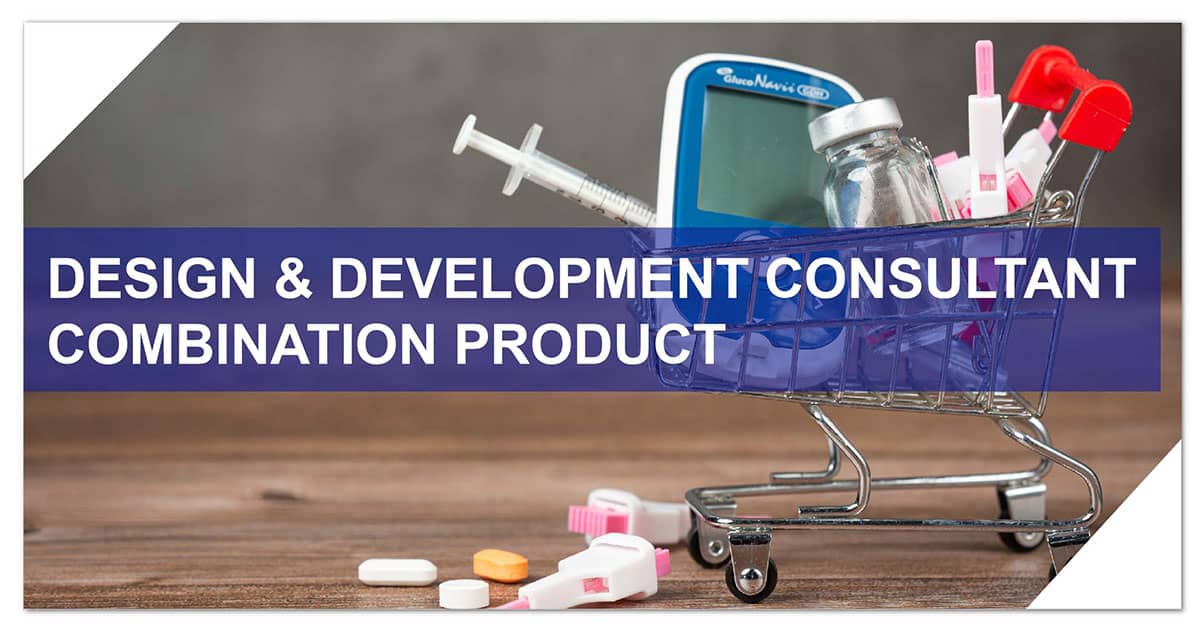Drug Device Combination Product Consultant
Consultants specializing in drug-device combination products play a crucial role in assisting companies with the unique regulatory, technical, and development challenges associated with these complex products that combine drug and medical device components. Developing drug-device combination products requires expertise that spans multiple disciplines, and consultants specializing in this area can provide invaluable guidance in navigating the unique challenges associated with these complex products. Operon Strategist can assist you in this. take advantage of our expert service.
Drug Device Combination Products FDA Guidance
A Combination product, defined by the Code of Federal Regulation (CFR), refers to a product that integrates a medical device, medication, or biologic, combining any two or even all three of these classifications. An example familiar to many is the drug-eluting stent (DES), consisting of a scaffold coated with a drug to prevent scar tissue formation in the artery. However, the general perception of combination products is often limited among most individuals.
Presently, the scope of combination products extends beyond drugs, devices, and biological products. They encompass a broader range, including foods, nutraceuticals, cosmetics, or what are commonly termed cosmeceuticals. Specifically, products merging drugs with devices are labeled as drug-device combinations.
Looking for a Drug Device Combination Product Consultation?
What is Combination Products Project Development Process & Design Control?
The pharmaceutical companies manufacturing combination products are required to adhere to specific regulations such as 21 CFR Part 210, 211, and 21 CFR Part 820 for their manufacturing facilities. Upon completion of the design phases, a Design History File (DHF) is compiled, which must be made available during audits. The Device Master Record (DMR) is derived from the DHF for regular use and technology transfer purposes. The criteria outlined in the DMR serve as the basis for creating the Device History Record (DHR) to showcase routine production and compliance.
In accordance with ISO 13485:2016 requirements, a medical device file should be established. The complexity of the design process is contingent upon the complexity of the product and its intended use. Design control plays a critical role in the Quality Management System. Our team diligently works towards implementing a robust QMS for manufacturers in the USA, ensuring compliance with these stringent standards.
Get Medical Device Project Management Consulting Services
Integral and Non-Integral DDCs
Integral Drug Delivery Combinations (DDCs) encompass devices designed for the administration of medicinal products. These devices constitute a singular integrated product exclusively meant for use in a specific combination and are not designed for reuse.
On the other hand, Non-integral DDCs consist of drug-device combinations with two or more distinct components. Devices within non-integral DDCs may either be co-packaged and supplied alongside the medicinal product or be specifically referenced in the product information for use with the medicinal product, but obtained separately.
Examples of Medical Devices in Integral DDCs Are:
- Devices for delivery to the site of action e.g. the dropper on the top of the container with eye drops and the mouthpiece on the top of spray cans for throat sprays.
- Single-dose pre-filled syringes, pens and injectors.
- Multi-dose pens and injectors containing a pre-filled cartridge where the cartridge cannot be replaced, and the pen is not designed for subsequent use with a new cartridge.
- Drug-releasing intra-uterine devices; pre-assembled, non-reusable applicators for vaginal tablets.
- Dry powder inhalers are assembled with the medicinal component and ready for use with single or multiple doses but cannot be refilled when all doses are taken.
- Implants containing medicinal products whose primary purpose is to release the medicinal product.
Examples of Medical Devices in Non-Integral DDCs Are:
- Oral administration devices (e.g. cups, spoons, syringes)
- Injection needles and filter needles
- Refillable pens and injectors (e.g. using cartridges).
- Reusable dry powder inhalers; spacers for inhalation sprays
- Pumps for medicinal product delivery
- Electronic tablet dispensers
What is CAPA Management For Combination Products?
CAPA management of drugs and device combination products are as follows:
To ensure that devices meet a requirements of Combination Products
- Users’ needs and intended uses
- Requirements and Specifications
- The regulatory pathway for combination products
- Can be reproducibly and reliably manufactured, serviced and/or installed.
Tools for Archiving Purpose of Combination Products
- Establish design control procedures.
- Develop plans for Design Projects(Include interfaces between R&D and other units)
- Identify design inputs requirements and high-level specifications for the device
- Develop design outputs (to final specifications)
- Design Verification through measurement, analysis, test or inspection that all design outputs fulfil input requirements.
- Transfer outputs to production
- Design Validation that the device performs and functions as intended and as users need an expert.
- Control changes during design and development and to existing devices Document design activities in the design history file.
For Expert Consultancy Services on Drug-Device Combination Products
Operon Strategist as a reliable medical device consultant assists companies and medical device manufacturers in the USA, by providing consulting services that support the registration of drug-device combination products. We have experience with each constituent part and the GMP regulations that together form the basis for their development and manufacture: Drug (21 CFR 210/211), Device (21 CFR 820), and 21 CFR Combination Products (21 CFR Part 4).

